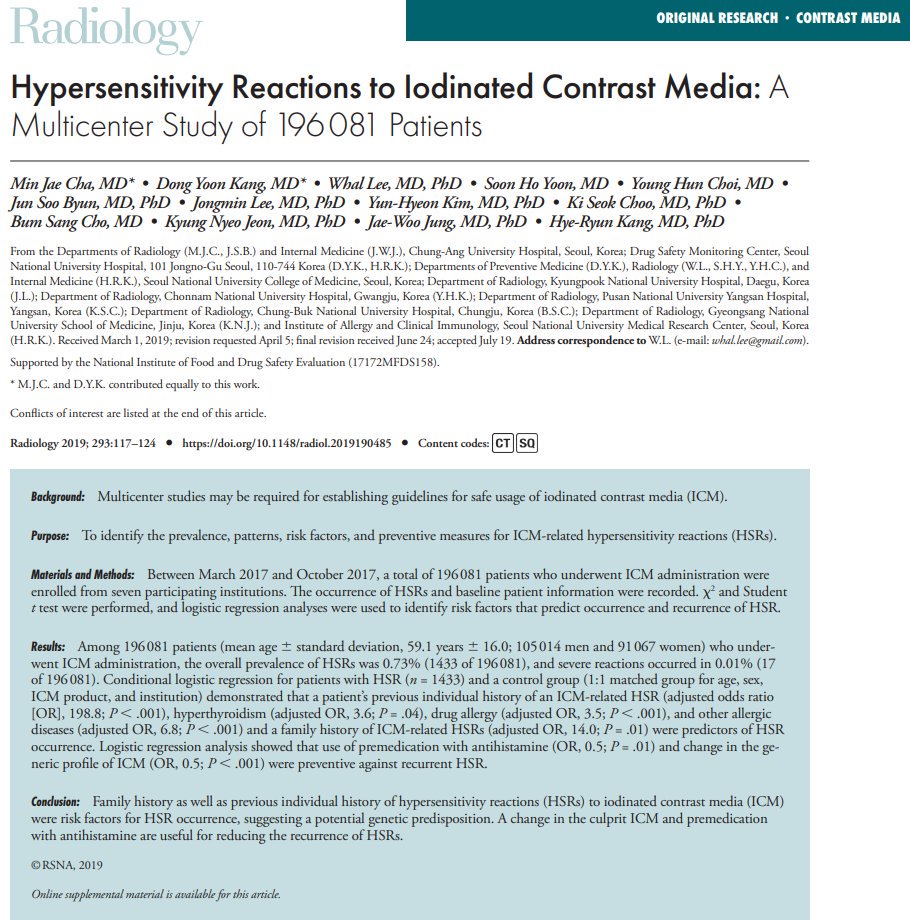Why does propofol burn so much?
It turns out the answer is not what you might expect. We'll cover some literature exploring the question and some evidence-based strategies to prevent it.
#Tweetorial #medtwitter
10% w/v soya bean oil
1.2% w/v purified egg phosphatide
2.25% w/v glycerol
0.005% disodium edetate
Sodium hydroxide
Before we discuss propofol specifically, why does injection of anything intravenously cause pain?
It turns out that “unphysiological” osmolality and pH have both been studied as causes.
Does propofol have a high osmolality or extreme of pH?
The answer is surprisingly no!
Sodium hydroxide is added to maintain a pH between 6 and 8.5 and the published osmolality seems to be ~ 0.3 osmol per kg.
So now what? 🧐
It seems there's something inherent to the drug that elicits the pain.
There are a ton of speculated molecular etiologies including irritation of the venous endothelium through molecules including TPRV1 and TRPA1 that I won’t go into further.
Here are links to some basic science theories.
ncbi.nlm.nih.gov/pubmed/20826794
ncbi.nlm.nih.gov/pubmed/18574153
ncbi.nlm.nih.gov/pubmed/11578842
In summary...
💉 Pain on injection of propofol is not related to osmolality or pH
💉 Mechanisms continue to be speculative but seem to be related to the aqueous concentration
💉 Injection into the AC or pretreatment with lidocaine and venous occlusion are effective


















